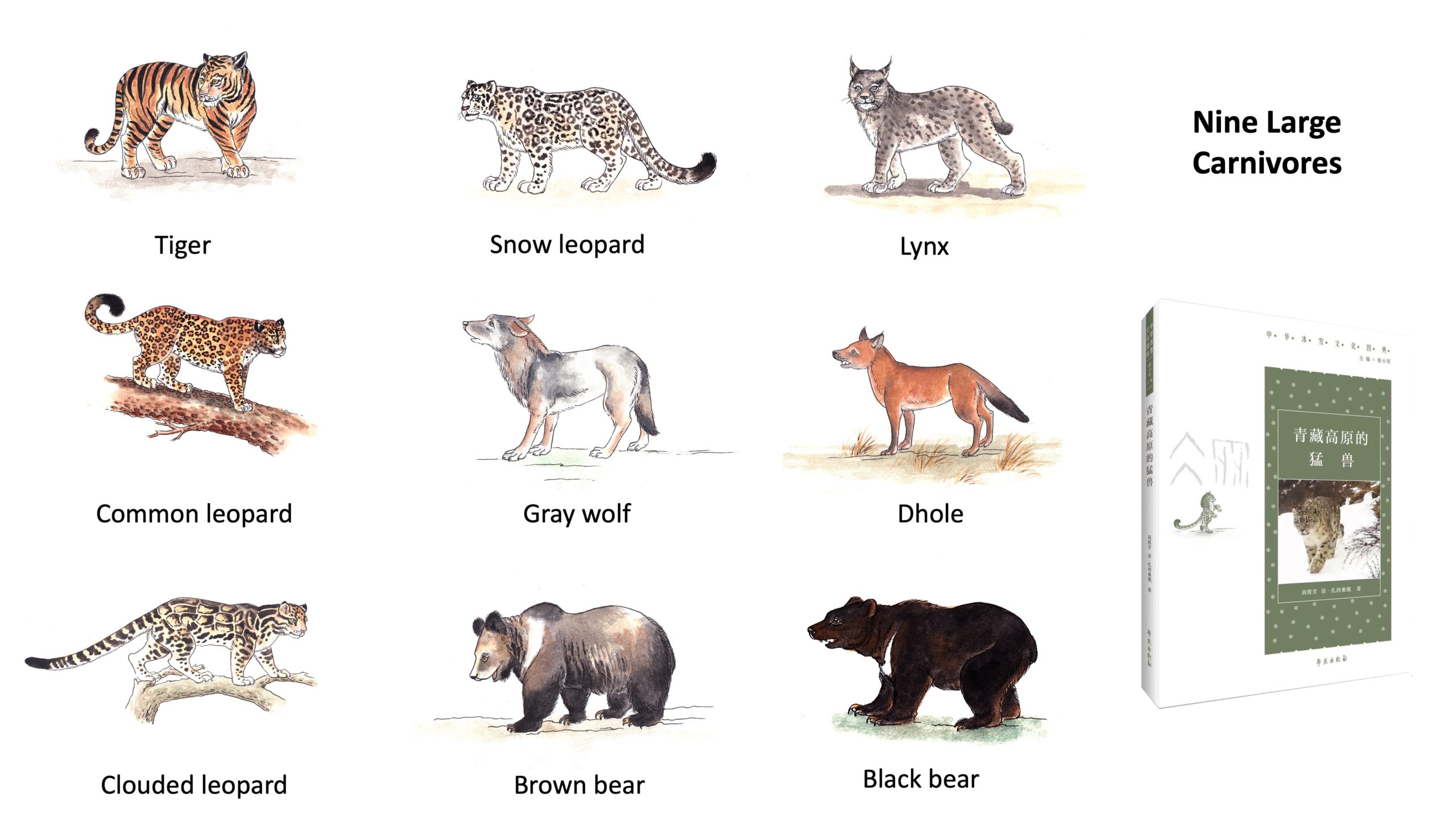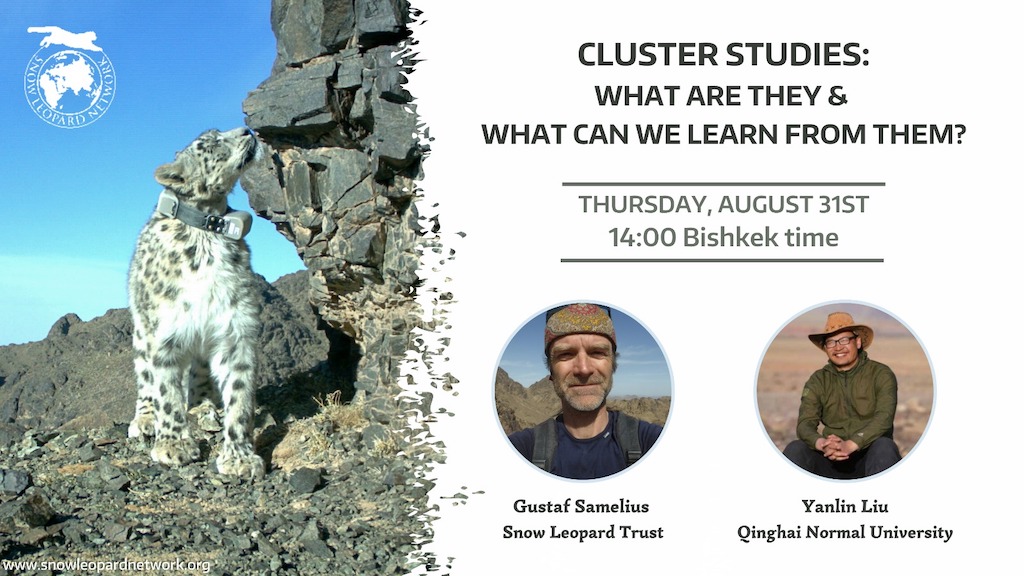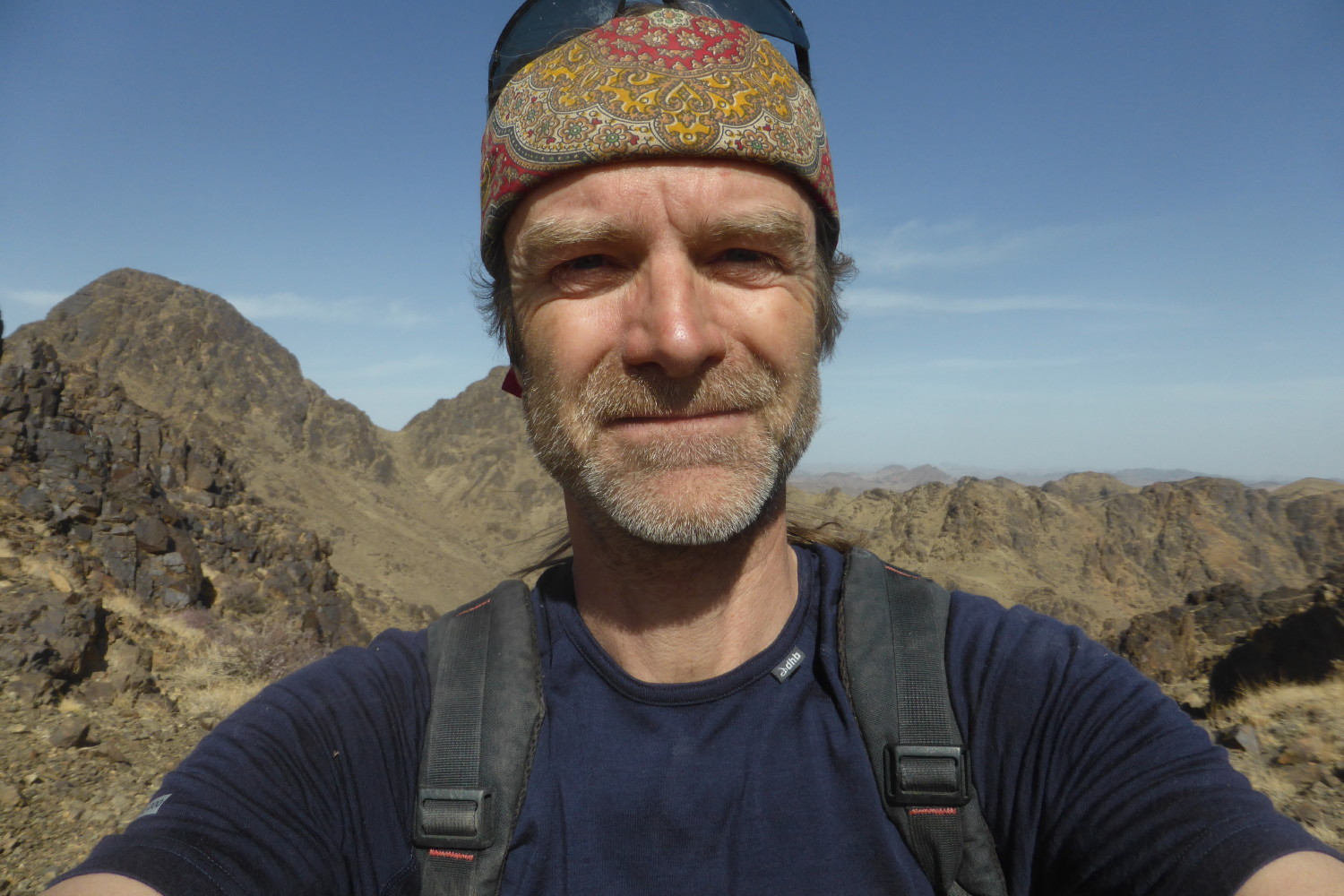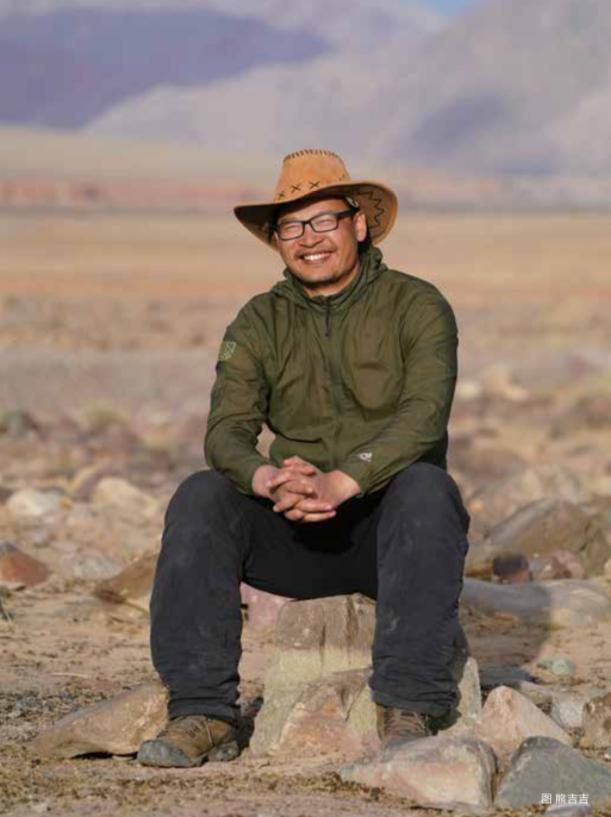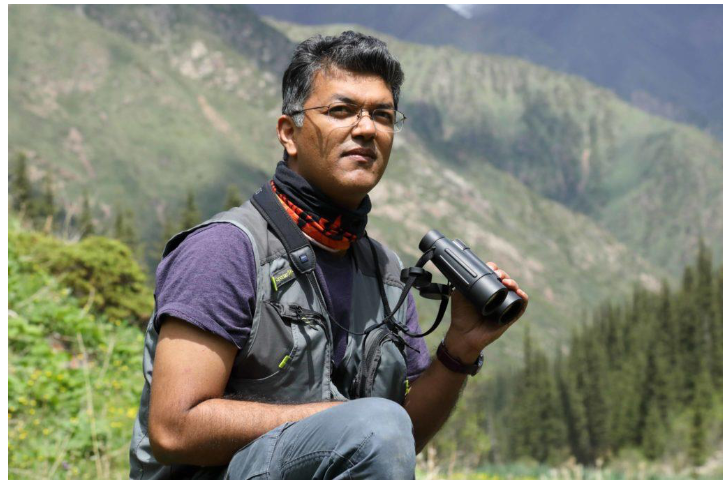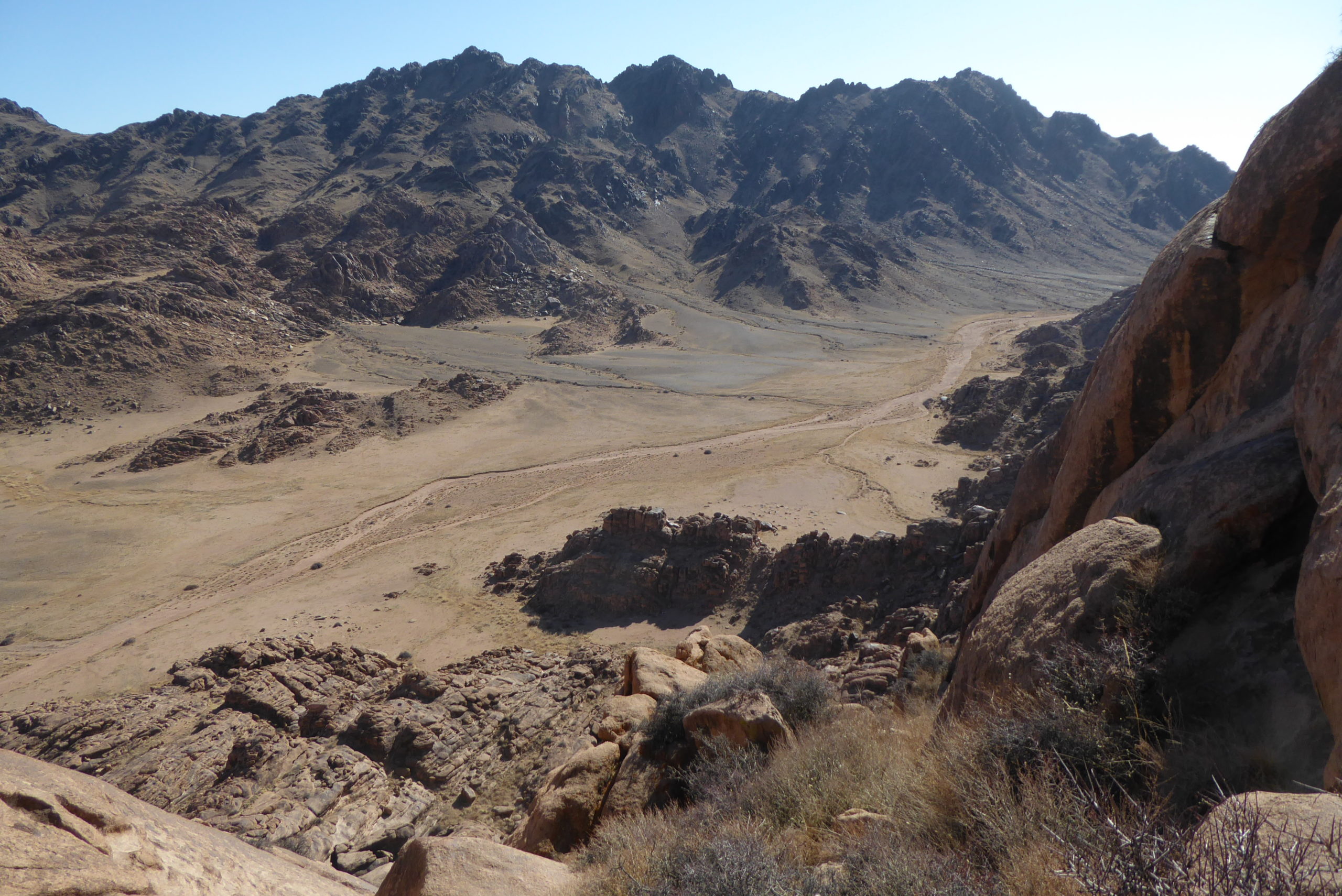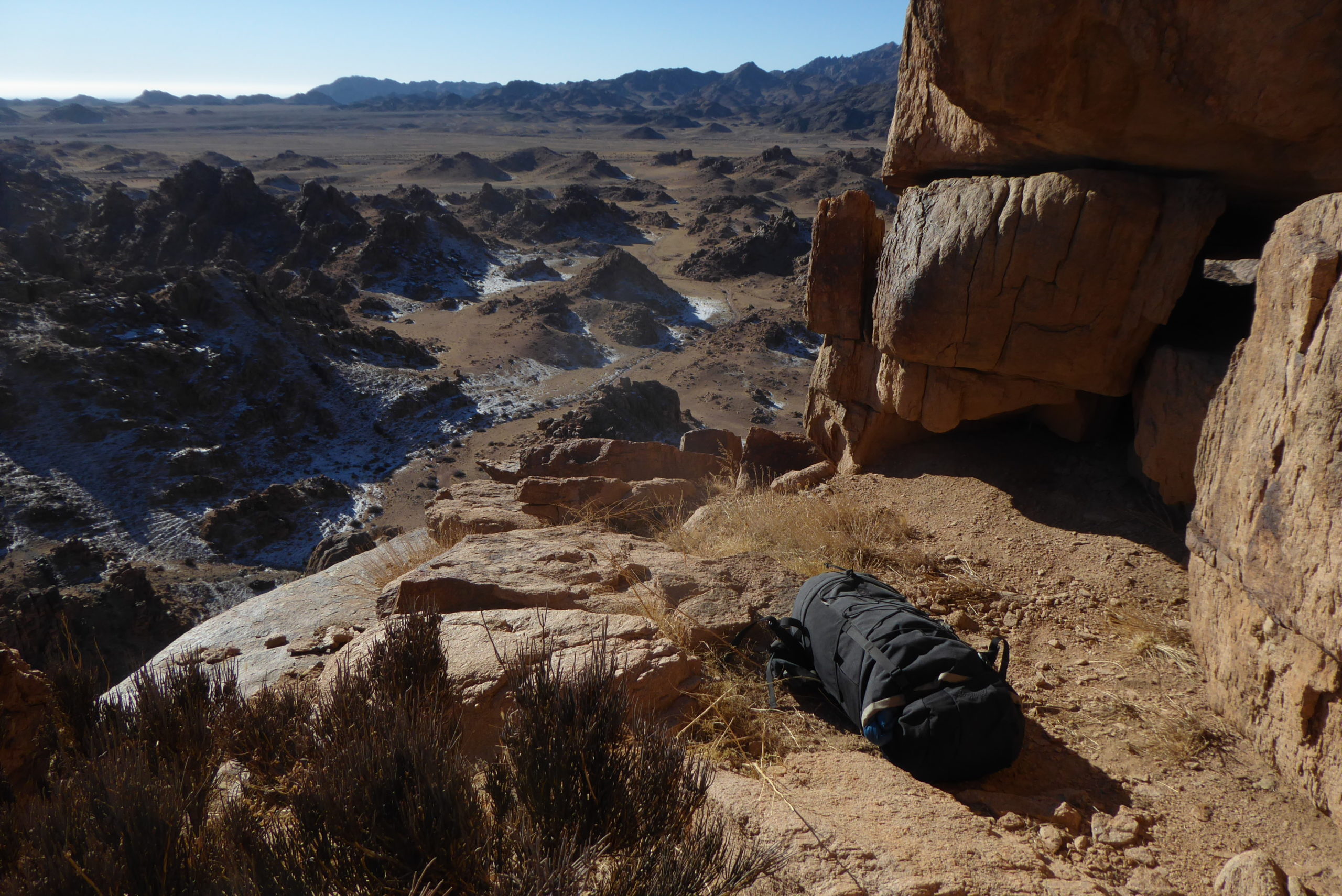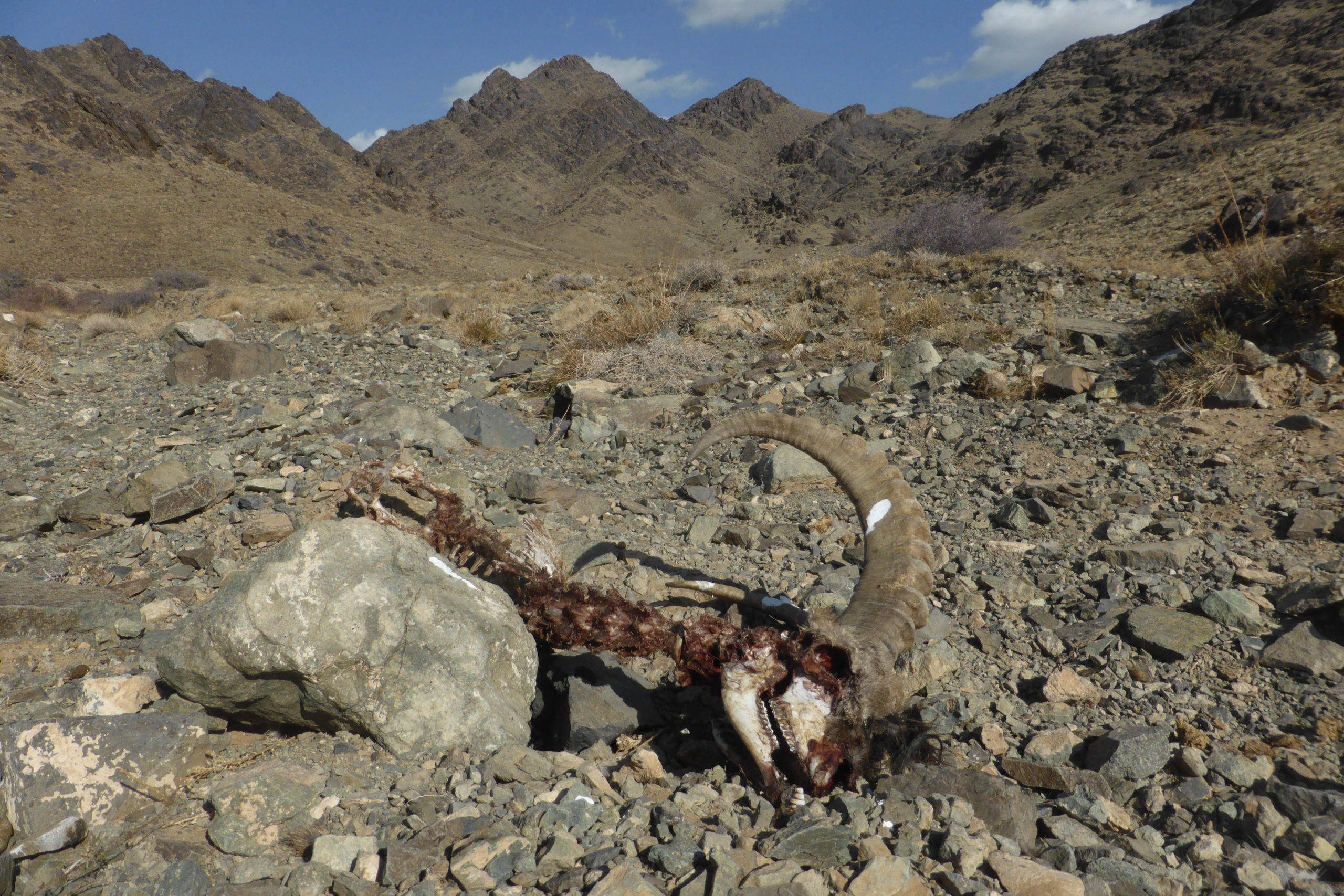 Please find details below of a new article added to our Bibliography:
Please find details below of a new article added to our Bibliography:
Title: Pastoralism in South Asia: Contemporary stresses and adaptations of Himalayan pastoralists
Author: Singh, R., Kerven, C.
Abstract: We discuss the main findings in the Special issue on Pastoralism in South Asia from the eight papers based on research conducted in the Himalayan region of South Asia. An overview is presented of pastoralism in the Himalayan region, including India, Pakistan, Nepal and Bhutan. Drawing parallels with the global stresses to pastoralists, papers in this special issue highlighted three sets of contemporary stresses to the pastoralists of the Himalayan region viz. (a) lack of herding labour, associated changing aspirations of youth and decline in traditional knowledge systems; (b) continued stresses from the state and between the formal and informal institutions; and (c) climatic stresses and associated impacts on the rangeland and livestock health. A synthesis of findings from all eight case studies suggests how the issues around pastoral livelihoods and rangeland management in the Himalayan region are entangled across social, political and ecological dimensions. However, instead of only being impacted by the stresses, the pastoral communities are showing adaptations to various kinds of uncertainties and variabilities. Based on these findings from across eight sites in the Himalayan region, we argue that understanding of the problems as well as proposed solutions from the policymakers should be tailored according to the particular social, political and ecological contexts. Other than the issues given prominence in this special issue, the role of markets and social security are some
of the other important concerns to be addressed in the region, which can be best addressed by creating an interface between pastoralists and policymakers, practitioners and the government, while making the best use of pastoral knowledge and their way of life.

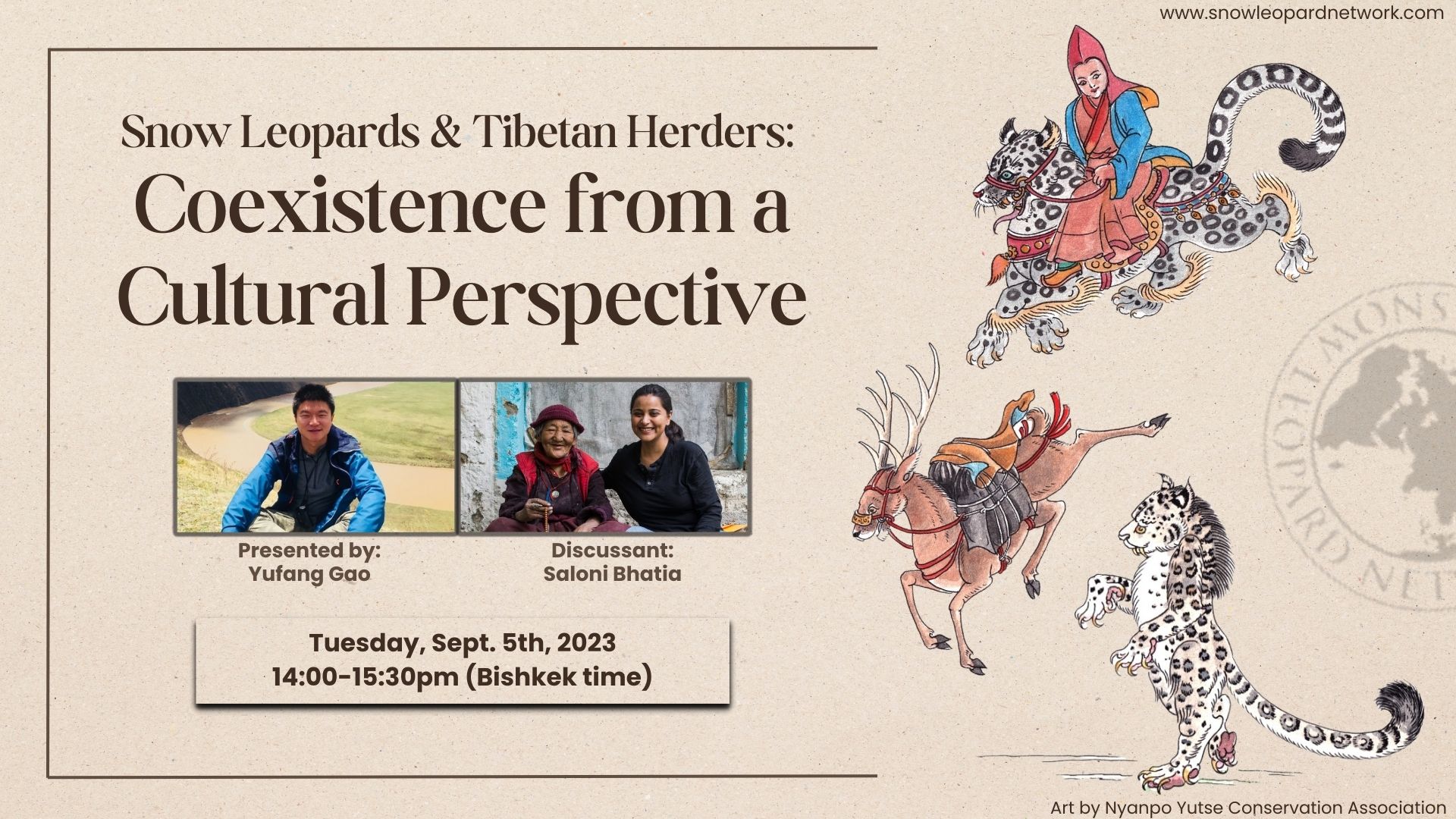



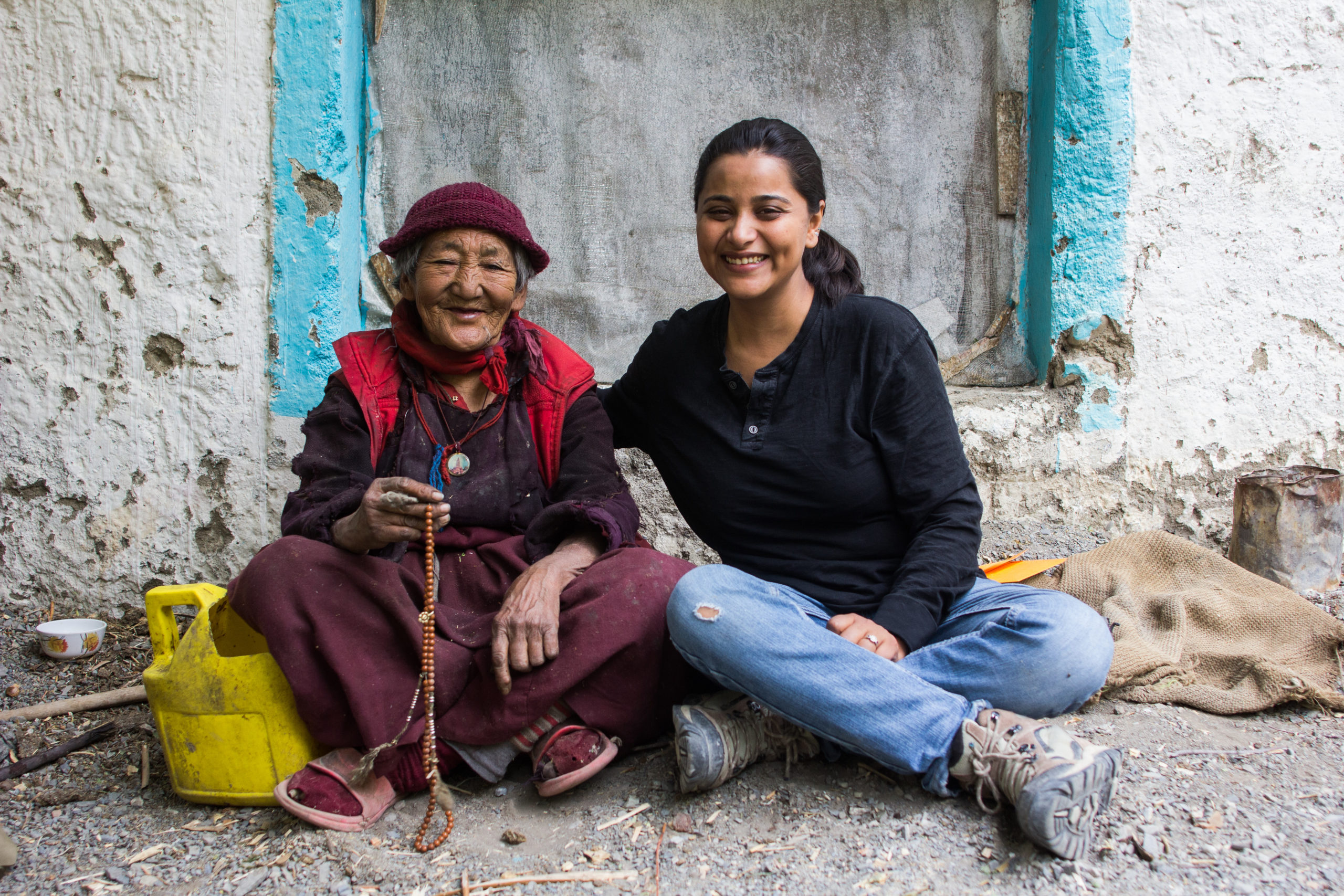
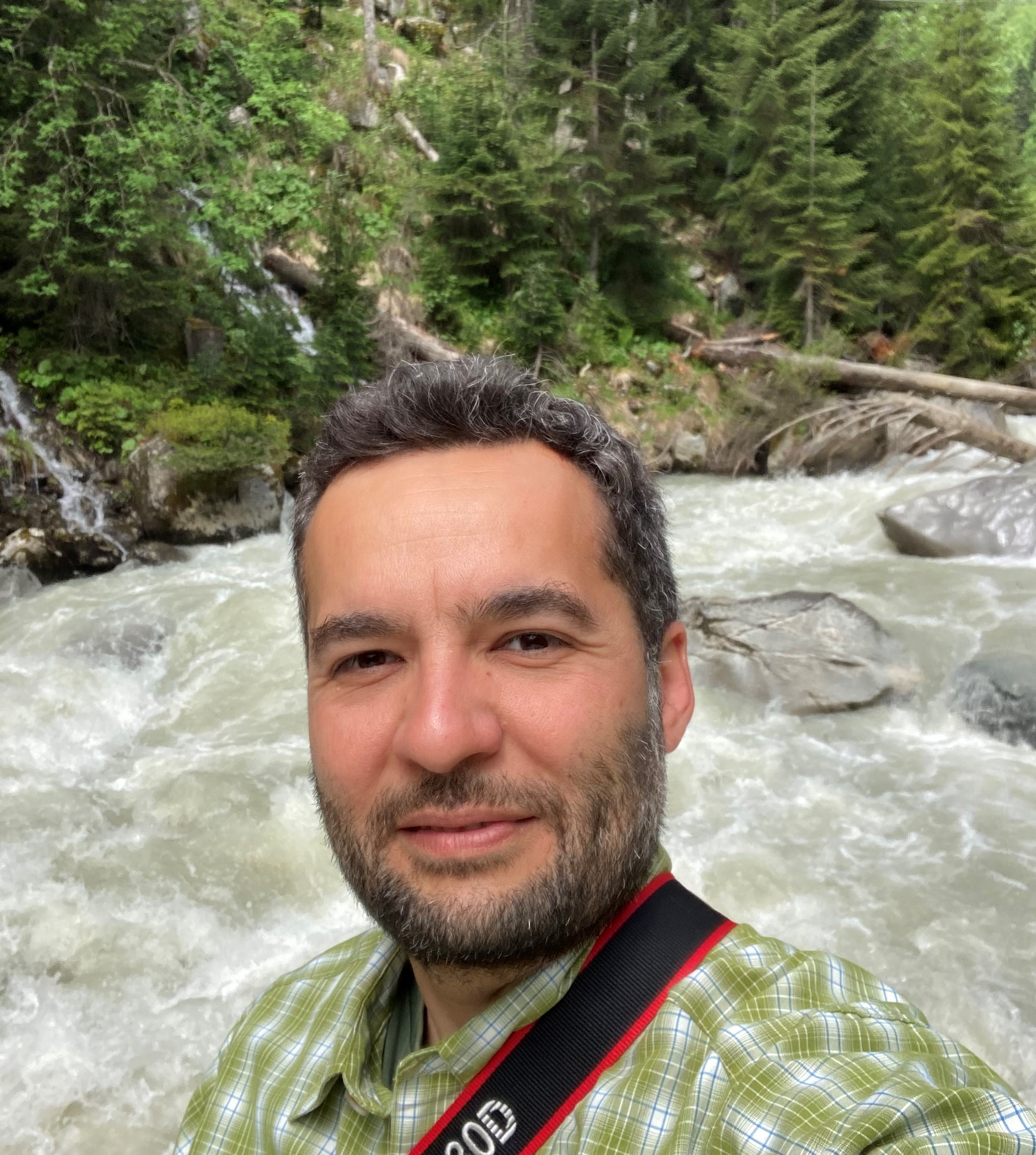 Arash Ghoddousi is a Research Fellow at Humboldt-University Berlin. The focus of my research is on understanding and improving the effectiveness of protected areas and law enforcement mechanisms, offering insight into human-wildlife conflict and poaching, as well as, improving methods in monitoring large mammals. He is particularly interested in the conservation of big cats and mountain ungulates with a special focus on southwest Asia, the Caucasus and Central Asia. He has close collaborations with conservation organizations (e.g., IUCN, WWF) around the world and consult on several projects.
Arash Ghoddousi is a Research Fellow at Humboldt-University Berlin. The focus of my research is on understanding and improving the effectiveness of protected areas and law enforcement mechanisms, offering insight into human-wildlife conflict and poaching, as well as, improving methods in monitoring large mammals. He is particularly interested in the conservation of big cats and mountain ungulates with a special focus on southwest Asia, the Caucasus and Central Asia. He has close collaborations with conservation organizations (e.g., IUCN, WWF) around the world and consult on several projects.
